Through a certain lens, a period of rejuvenation is happening in the US. Friends and families are reconnecting, daily routines of protection relaxing, the outlook for the future expanding. But as the grips of the past year and a half loosen, another kind of awakening is also underway. The pandemic has left a battered society in its wake, and there is much healing to be done as we come to rediscover our lives and process all we have endured.
“The collective trauma that we are living in, it’s a trauma that has impacted our lives, not only in terribly tragic, overt ways, but in ways we’re not yet even aware of,” said Valerie Hubbs, chair of the Creative Arts Therapy Department at Pratt Institute, over a Zoom call this spring. Hubbs, who has been on the faculty of the department since 2008, stepped into the chair role on January 1 of this year. “It is a trauma that we are setting aside to continue to get our work done. We are still in survival mode.”
As the need for mental health care has become clearer than ever, simultaneously, with our collective migration to digital spaces in 2020, new horizons for helping people access that care have opened. At Pratt, a determined group of educators and students in the Creative Arts Therapy program has spent this time innovating toward those opportunities.
Creative arts therapy as a discipline formally emerged in the US during another period of intense social strain, during the first half of the 20th century, when the country was grappling with the traumatic effects of two world wars. It is a form of psychotherapy, practiced under the guidance of a trained clinician—with the modality being not only words but also the experience of art making or dance movement. A session might unfold with a facilitator or a licensed, trained clinician taking a component of the creative process and adapting it to, as Hubbs puts it, “promote an integration of the cognitive, physical, and emotional” for the person participating in therapy.
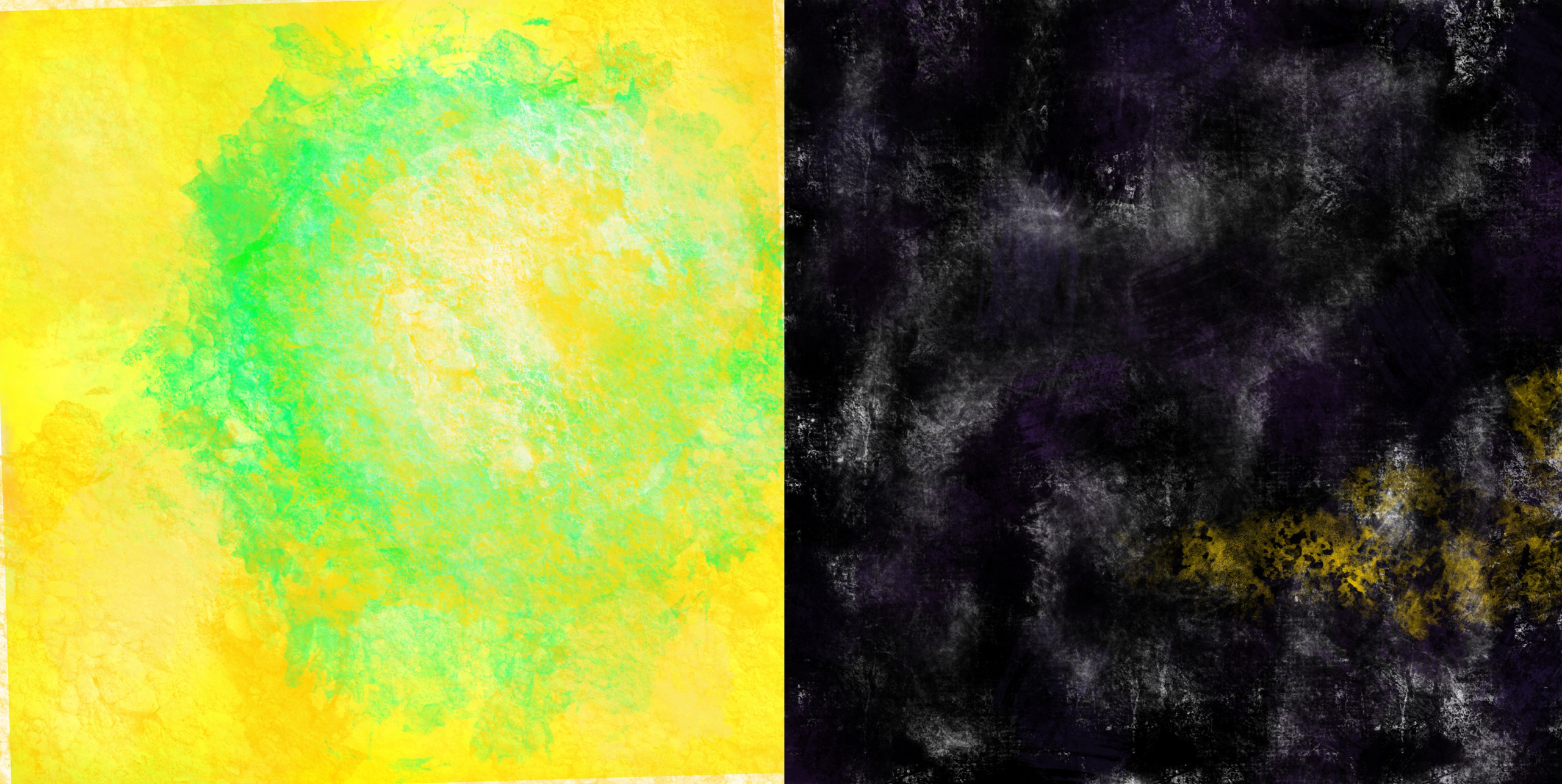
At Pratt, the graduate-level Creative Arts Therapy Department is made up of more than 100 full-time and low-residency students working toward degrees in dance/movement therapy and art therapy and creativity development. Their study extends over a period of two years, or three on the programs’ low-residency track. A central element of this education is exposure to the profession in practice, working internship hours in the field.
When the world shut down mid-semester in spring 2020, the department faced a difficult question. For students unable to safely continue in their placements, how would they acquire those crucial practical training experiences? Analogous programs at other schools were forced to pause. At that time, Hubbs was internship coordinator for its Dance/Movement Therapy program. With her leadership and the ingenuity of fellow faculty and students, Pratt’s Creative Arts Therapy department adapted in real time.
One of their first initiatives reached into the Institute directly. While Hubbs’s students needed internship hours, the larger academic community had its own needs, navigating a bewildering and alienating new reality—needs that her students were in training to address. While they could not offer therapy, they could be a source of connection and resources. Leading this initiative was Dina Schapiro, assistant chair of the department and director of the art therapy program, as well as a Pratt art therapy graduate herself, who coordinated with the Counseling Center on campus and set up an outreach campaign.
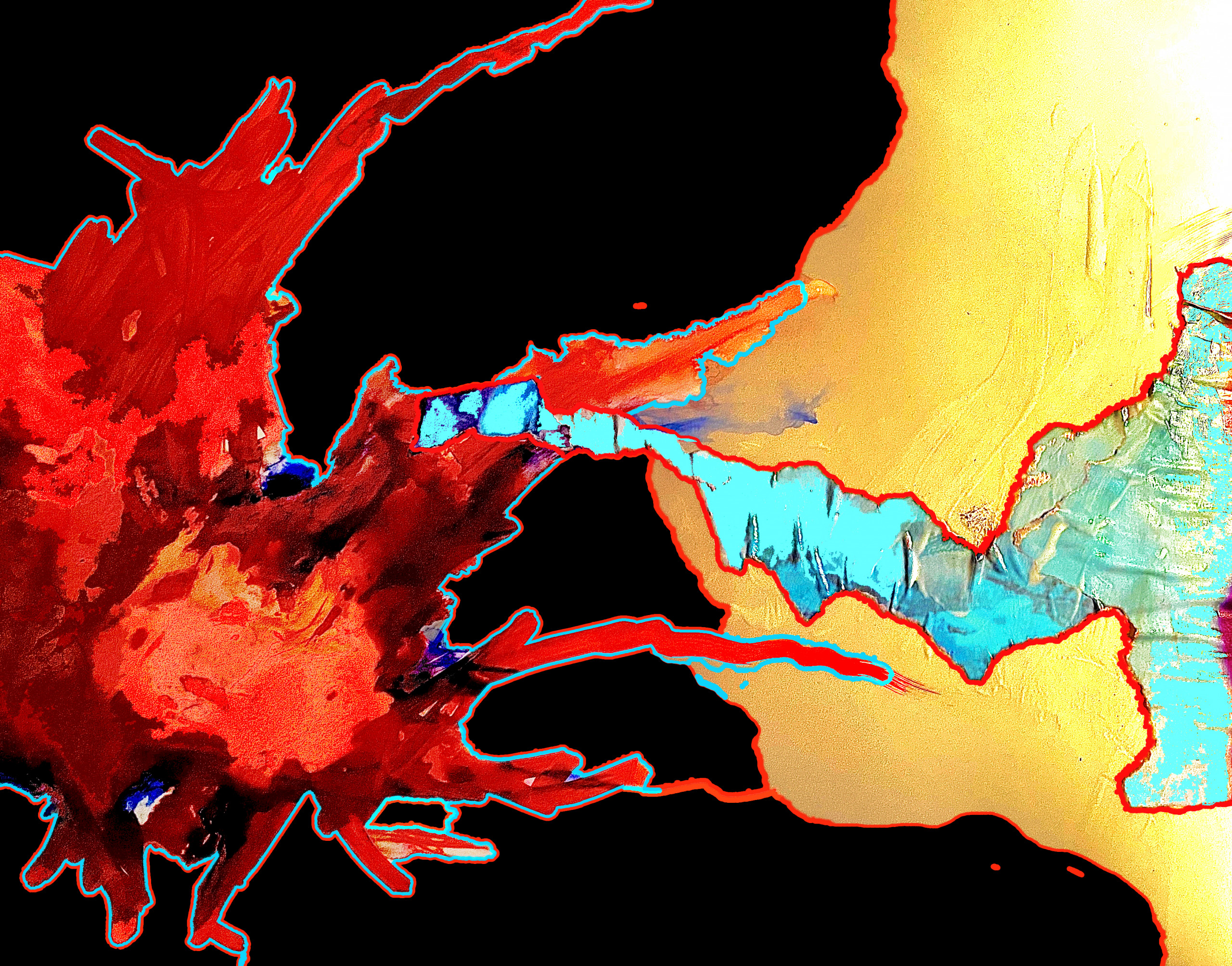
Schapiro and Hubbs trained any Creative Arts Therapy student who was interested to do check-ins with first- and second-year Pratt students. About a dozen graduate students signed on, reaching a large swath of undergraduates and gaining internship hours at the same time. Their outreach began with variations on the question, how are you doing, really? The messages offered a line of communication back to the grad-student sender, suggesting ways the conversation might continue—perhaps through a virtual meeting to make art or try some stress-reduction exercises—as well as links to resources such as relaxation techniques.
Hubbs also surfaced a hidden gem of an idea that had a big impact this past year. “The American Dance Therapy Association had offered a few creative ideas in a well-thought-out document with a number of different contexts,” she shared. “In the fine print on something like page seven, there was reference that the ADTA, the American Dance Therapy Association, would approve internship hours for simulated trainings.”
The concept felt ripe for experimentation at Pratt. “I have the luxury of working in a department where there are dance/movement therapy students trying to get internship hours, and art therapy students who are interested in experiencing dance/movement therapy,” Hubbs added. “So I suggested to my colleague, the art therapy internship coordinator, can we collaborate here?”
Without any additional funding, administrative heavy lifting, or affiliation agreements to solidify, simulated training sessions were a constructive use of the resources at their fingertips. Organized by art therapy faculty member and Pratt alum Lauren Smith as day-long events, with themes like self-care and special populations, each “simulation day” allowed second-year art therapy and dance/movement therapy students to workshop their skills as facilitators of mock sessions, with first-year art therapy students as their participants. By spring, the first-year students even had opportunities to facilitate
“These online opportunities really pushed us to get creative and think outside the box.”
Kat Sayegh, MPS Art Therapy and Creativity Development ’21
Unexpectedly, Hubbs remarked, the simulation days also bonded the Creative Arts Therapy community in new ways, with students across programs and years sharing experiences and learning how different therapies can support one another.
Another takeaway, as Kat Sayegh, MPS Art Therapy and Creativity Development ’21, describes it, was simply confidence. “Facilitating groups with, and for, your peers is a very unique experience. There is much less pressure to perform, you can get valuable feedback from them, and it also provides the opportunity to learn from each other,” she said over email, adding that the simulations and other experiences that took place in the digital space also encouraged inventiveness. “These online opportunities really pushed us to get creative and think outside the box.”
Understandably, adapting to these opportunities, from simulations to online classrooms, was a major creative challenge, and the switch wasn’t instant. For Krystal Batista, who is studying dance/movement therapy (DMT) in the low-residency program from her home in Orlando, Florida, moving her studies from the environment of the studio to the digital space came with what she described as “growing pains.” But then a particular Zoom class shifted her perspective.
“We were all moving together as a class and practicing theories from different dance/movement therapy [innovators],” she recalled in an email exchange. “I realized that these DMT practices were still working well even through the virtual platform. I was amazed by how connected I felt with the group while moving online. At that moment, I knew that DMT, or any form of creative arts therapy, is not limited or confined to physical spaces, but that virtual spaces can support connection and expression.”
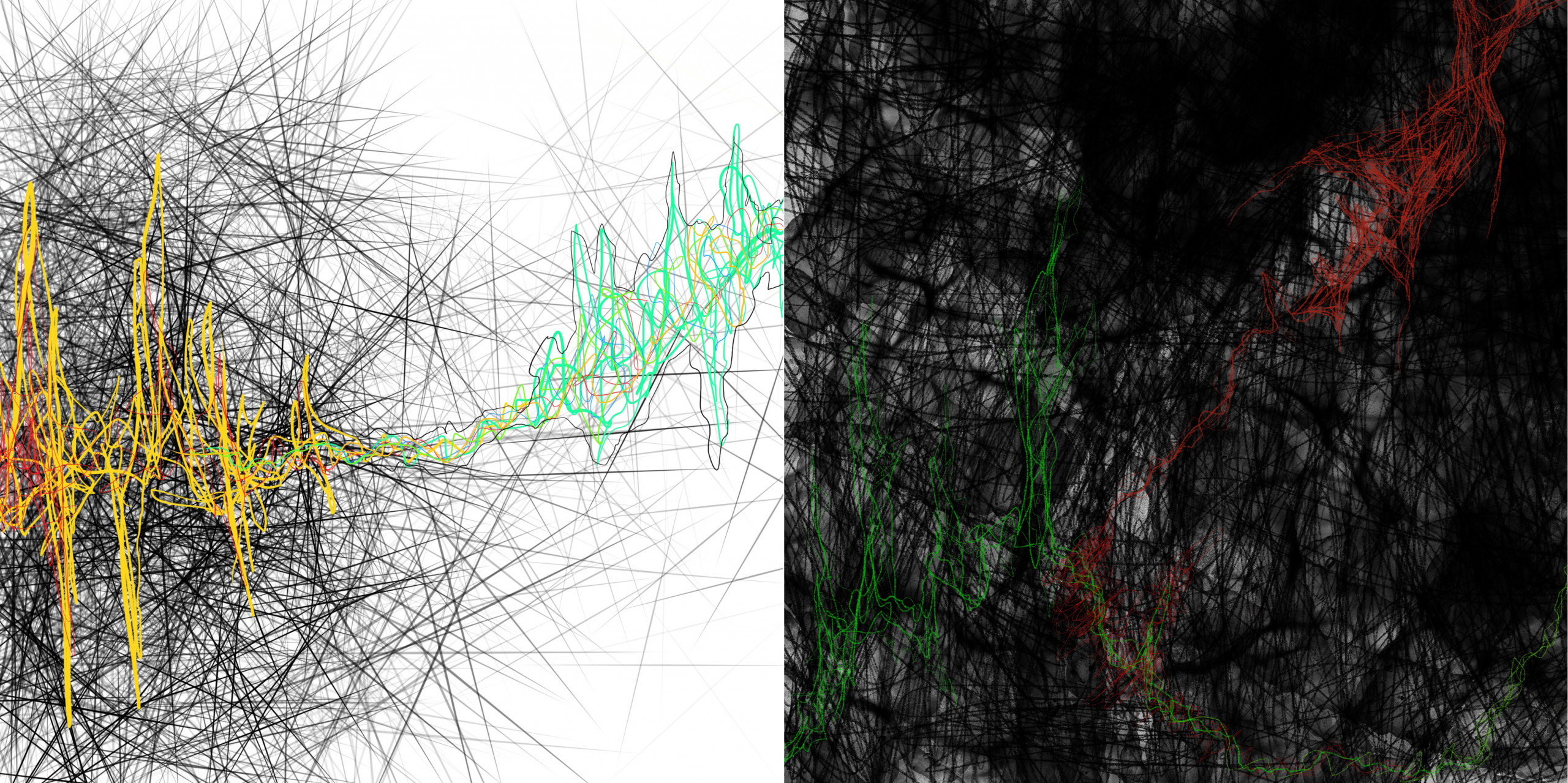
Batista joined Sayegh in fostering that connection and expression in another initiative for the entire Pratt student community, virtual “open studio” nights. On Friday evenings all year long, they held drop-in sessions for relaxation and stress reduction, logging in to hold a space where students, as well as faculty and staff, could take time for self-care through art making.
One particular open-studio exercise that resonated with both Batista and Sayegh was making blackout poetry—where participants engage with an existing text, marking out sections to extract words and phrases to make a poem. In one session, they used a passage about transformation and had participants focus on surfacing five significant words. On a Google Jamboard digital whiteboard, they had everyone put up their words and collaboratively create a poem. Then, individually, each participant used the poem to make an artwork.
“At the end, everyone’s artwork, along with the poem, was all up on the Jamboard,” said Sayegh. “This process helped with allowing each individual member to see the value that they bring to the group, and to also keep everyone together. That is the difficulty with therapy groups over Zoom, but this was a solid way to be able to do that.”
Other sessions also saw the participants bringing to life lines from the group’s poem with movement gestures, which, put together, formed a dance sequence. “We have found so far that this approach supports the different forms of creation, expression, and connection that support group cohesion,” said Batista.
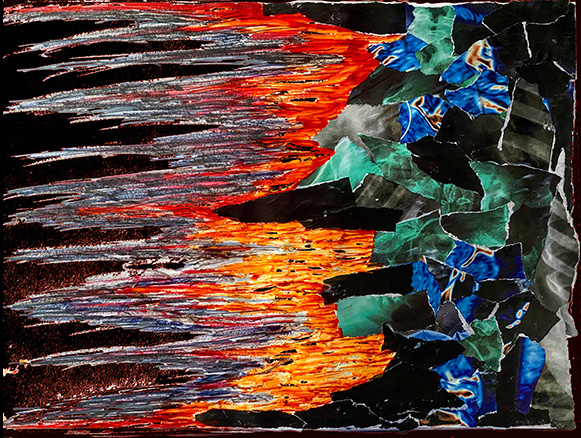
That compelling potential for connection on a digital platform extended into another new departmental initiative that Batista helped organize, the Creative Arts Therapy BIPOC Lecture Series. The series, which she spearheaded with fellow dance/movement therapy students Katarina Bennicoff Yundt, Ali Manfredi, and Kelsie White, hosted a diverse roster of therapists presenting on identity, culture, empathy, and other topics while sharing their experiences as therapists of color in the field.
“We were able to connect and work with different creative arts therapists from all around the world,” enabled by video meetings, Batista said. “Thankfully, with the Zoom platform, many students, faculty, and professionals were able to take part in the immersive learning experiences that the speakers were offering. The virtual platform brought our community together and provided points of connection that may not have happened if the events were hosted in person.”
“We’ve had the opportunity to recognize that our services are not limited to in-person interactions and engagements to be effective. This opens the doors to expand our reach and our impact.”
Jenni Graham, MPS Art Therapy and Creativity Development ’13
As Batista sees it, this holds promise for the future of therapeutic practice. “I hope that the transition to more online [therapy] work will make creative arts therapy more accessible to those who do not have a creative art therapist in their community,” she said.
Pratt alumna Jenni Graham, MPS Art Therapy and Creativity Development ’13, who presented on the final night of the BIPOC Lecture Series, agrees.
“I definitely see the field of creative arts therapy changing after this past year,” Graham said in an interview over email. “We’ve had the opportunity to recognize that our services are not limited to in-person interactions and engagements to be effective. This opens the doors to expand our reach and our impact for populations of people that may otherwise have challenges coming to see us in a physical location.”
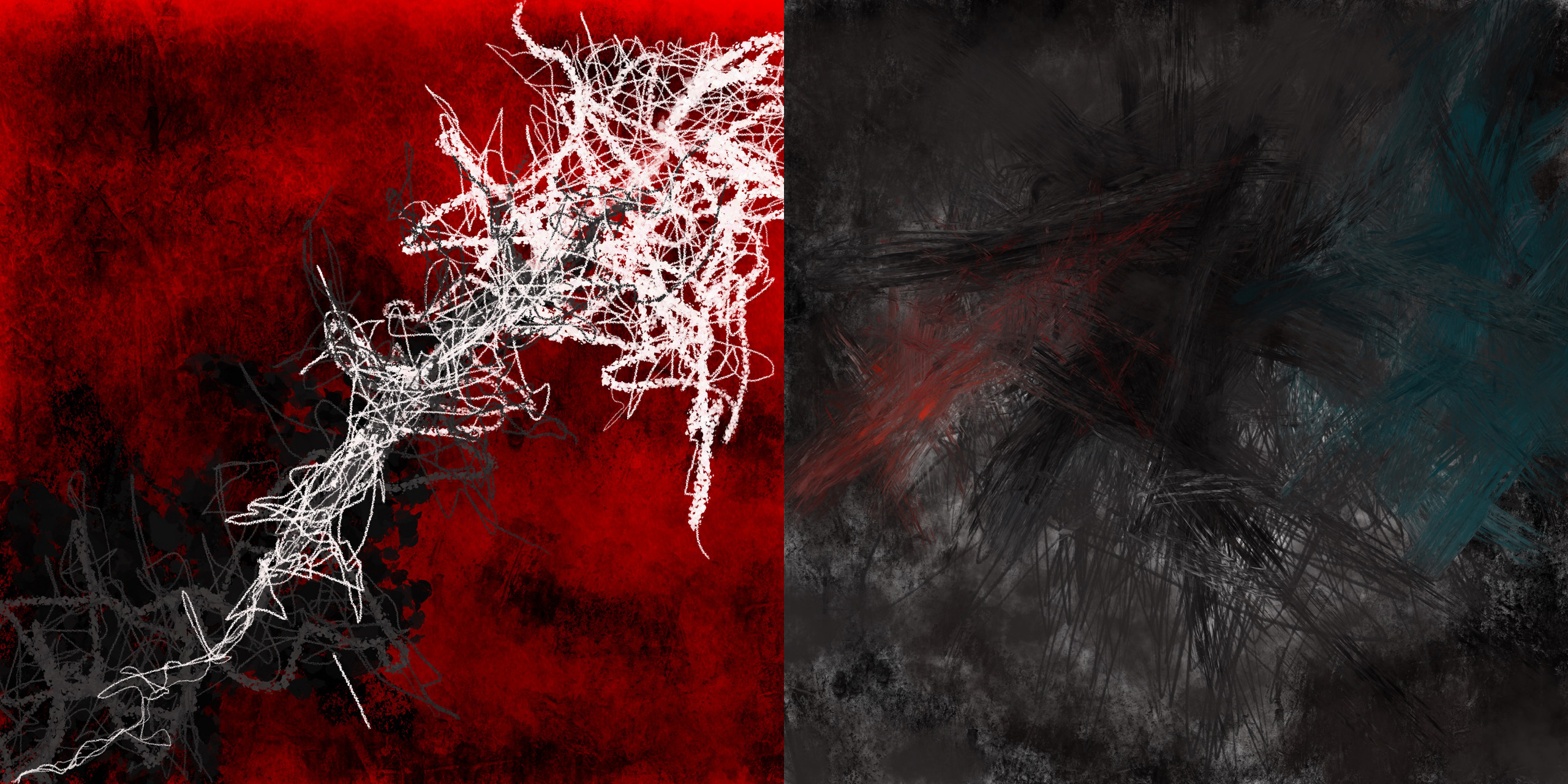
For Creative Arts Therapy at Pratt, this past year was about meeting the moment with ingenuity and resilience, but also acknowledging pain and creatively building ways to address that pain, and building them within a community. Those efforts don’t end with a societal reopening.
With more than 100 Creative Arts Therapy students each looking to complete some 1,000 hours of internship, Hubbs sees a wealth of potential for training right in their academic backyard. “There are many ways that graduate students can gain internship experience, and I’d like to give back to the Institute,” Hubbs said, noting that in this transitional time there will be much to process and understand about what we have collectively and individually experienced. “That’s the care that, as a department, we want to be a resource for.”
The open studio nights continue to this day, and Creative Arts Therapy has also partnered with Pratt’s Center K–12 to increase services in the Saturday Art School and connect with Graham Windham, a New York City nonprofit that provides services to children and families. This is one example of how the department, which maintains relationships with more than 100 entities, including hospitals, clinical centers, schools, and community-based organizations, envisions being a bridge to care.
What starts at Pratt extends into the world. “We are trained to hold trauma for people, we are educated and invested in working with people during their times of greatest pain and suffering,” said Hubbs. “Our students need this training now more than ever, because our society needs them to do good work.”
Image at top: Kat Sayegh, MPS Art Therapy and Creativity Development ’21, Empathy, 2021
